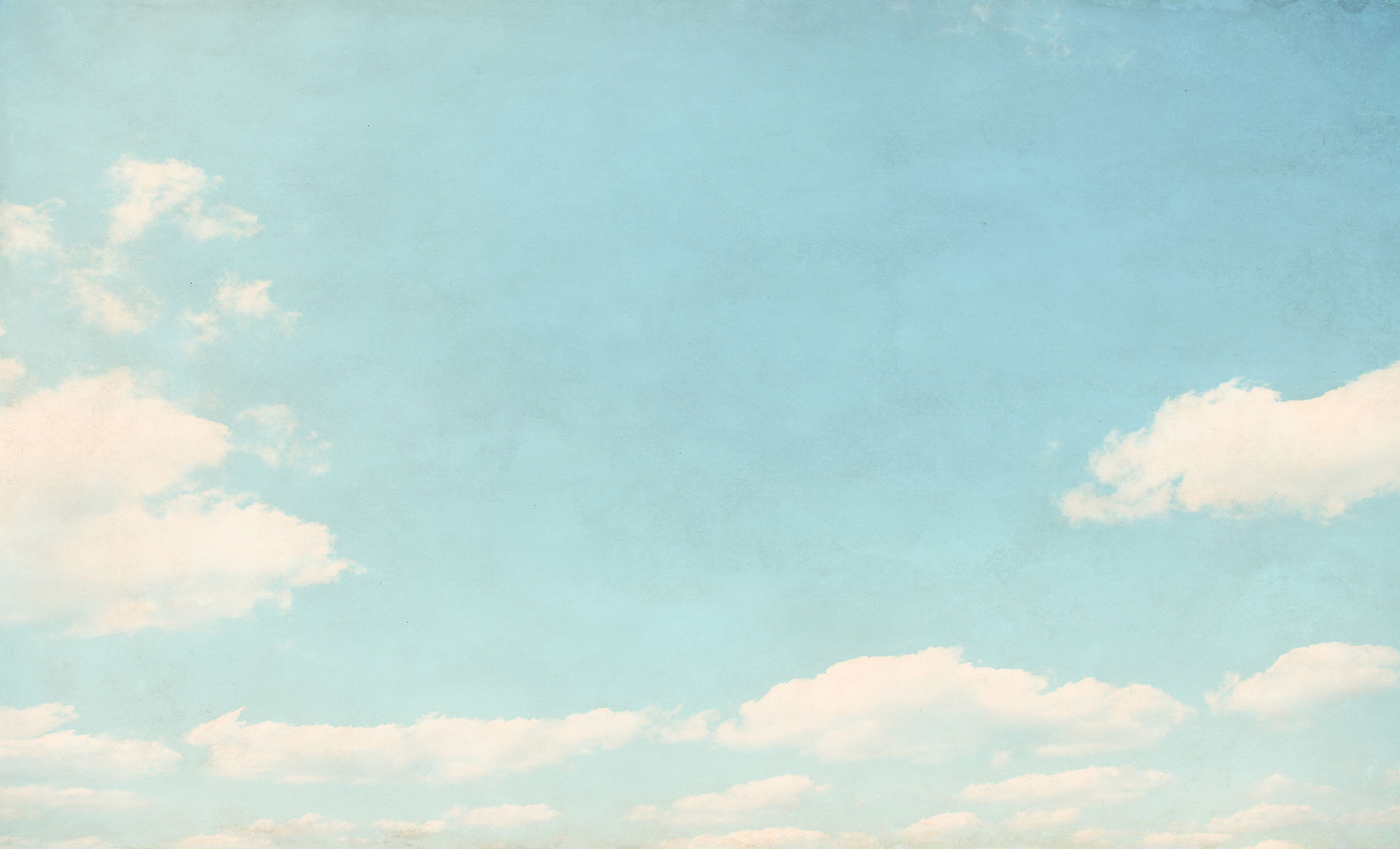top of page

Urban Design Issues
Milton Keynes, Thomas Smith-Keary, 14045700
"How can retrofitted transport infrastructre create innovative & vibrant social spaces for people that impacts positevley on local identity?"
Design Principles and Coding
The literature review and case studies explored previously have helped create a book of design rules and ideas.
With this in hand, these rules and ideas have been turned into design principles, in a design code for Midsummer Boulevard East. This illustrates the concepts that will be applied, what they are and how they will function, accompanying them will be a thumbnail graphic and occassionly existing examples of where this has been applied.
1. Human sense and scale.
Design for walking speed and eye level, sight, smell, hearing and touch
Urban form is made for people, people are attrcted to "people places"
B. Adaptability
1. Variety of uses
Spaces that can be used for different uses by people at differing times of day
Different uses will attract different users throughout the day, 24/7.
C. Street Form
1. Active frontages and facades
Retail/ cafés/dwellings, lots of glazing and doors, 10-20 doors & fronts per 100m
Varied and interesting frontages attracts people towards them.
2. Street spillage
Encourage uses to encroach onto the street
Attracts people towards faceds, ehances active frontage, and livens street.
Corners have largest footfall of activity, important for legibility
Variety of heights, smaller units means more uses and active frontages.
3. Emphasise vertical
4. Emphasise corners
Break up long horizontal with small units and varied building heights
Emphasise junctions with increased public space and seating.
5. Niches
In/out breaks in frontages create small social places & meeting places
Varies building line, creating interest, allows space to linger and stand
6. Street definition
Definded by pedestrian activity and use. Roads are broken by pavement
Pedestrians most important user of space, the car is a guest.
7. Street hiearchy
Street hiearchy aids legibility, larger the street the more imporant it is.
Streets have a clear order of scale and proporations, from 7-30 m
8. Kerbs
Avoid excessive kerb height, in some cases remove kerbs alltogether. Max 20mm.
Reduce barriers for pedestriand, encourages cars to drive more slowly
9. Pavements
Minimum pavement width of 2m, wider pavements on busier streets
Allows 2 or more people to move through a space unheeded.
D. Traffic and Parking
1. Pedestrian Priority
Cars must feel as a guest in someone elses home
Encourages pedestrian activity, increases comfort and more likely to linger.
2. Seperation of bicycle & car
Seperate bicycles & cars between planting or parked cars etc. min lane of 1.5m
Encourages use of bicyles by allowing less interupted flow and perception of safety
Removes cars from the street making them more pedestrian friendly.
Limited on street parking, others moved inside perimeter blocks.
3. Parking
E. Planting
1. Tree canopies
In public spaces to provide shade, shelter and enclosure to users
Calming affect on user, increased sense of enclosure in large spaces.
2. Parklets and & micro parks
very small greened public areas on the street to provide seating/comfort.
Increased spaces for sitting & waiting, enhanced closeness to nature.
3. Greening the street
Every opportunity to increase planting and spread of natural form
Softens hard man made edges, allows for personalisation of space.
3. Urban agriculture
Encourgage the growth of communtity gardnes, allotments and edible flora.
Increases biodiversity, closeness to nature and reduces food miles etc.
Softens hard man made edges, allows for personalisation of space.
4. Greenspace network
Link greenspaces together to form corridors of differing scales, 100/400/1000m
F. Seating/Street furniture
1. Corners & steps
Creation of informal seating, ideal hight 0.2/1m.
Corners have largest footfal, Informal seating encourages a variety of people.
2. Lighting
Allows further uses & activities to take place after dark
Increased perception of safety, facades and windows can contribute
4. Movable seating
3. Range of seating types
Provide a variety of seating types for various uses, ledges for short term waits etc.
Offers variety of positioning from personal choice and adapt to wind/sun exposure.
Increased perception of safety, facades and windows can contribute
Increased perception of safety, facades and windows can contribute

























fig 95, Steps used as informal seating, (Gehl, 2010)
fig 94, Community owned "Parklet", San Franciso (http://pavementtoparks.sfplanning.org/parklet_photos.html)
fig 90, spillout shared space in Almere, Netherlands, (Gehl, 2010)
fig 91, bicycles seperated from traffic by parked cars, (Gehl, 2010)
fig 93, bicycles seperated from traffic by parked cars, (Gehl, 2010)
fig 92, Allmende-Kontor community garden project at Templehof Airfield. Berlin. (http://neukoelln-goes-country.blogspot.co.uk/2011/07/urbanes-gartnern-gartenprojekte-auf-dem.html)
bottom of page


